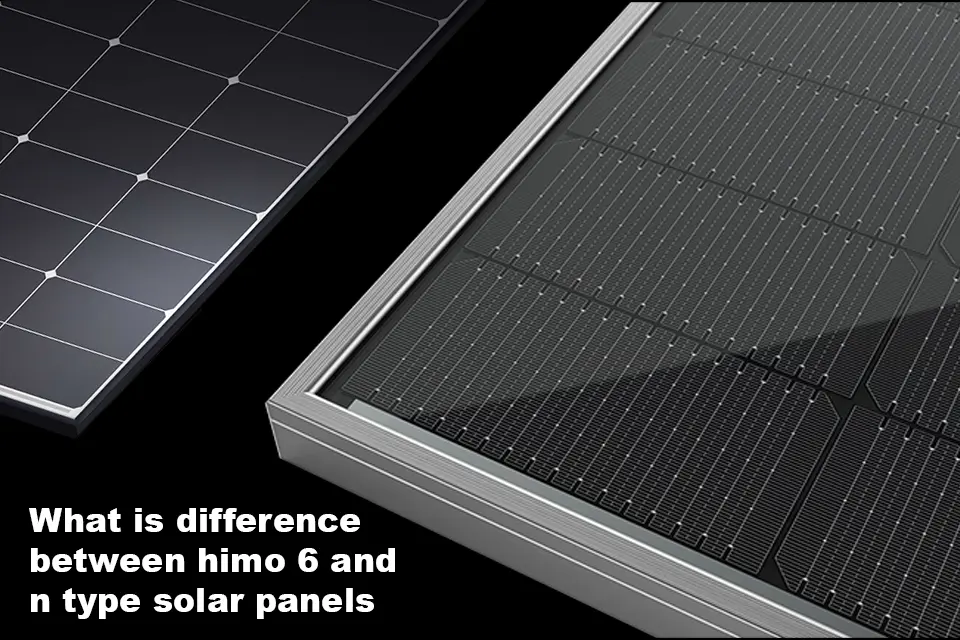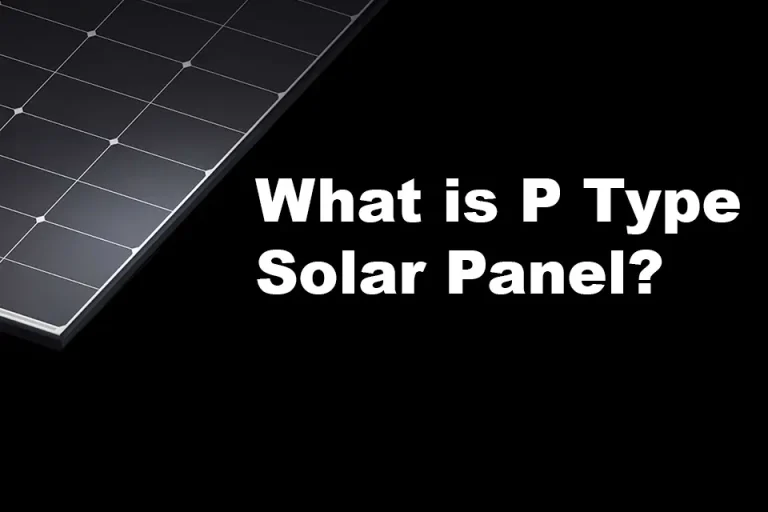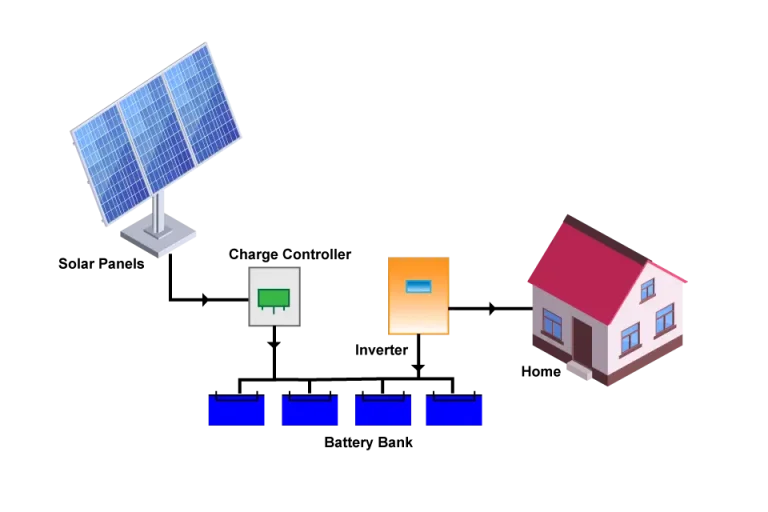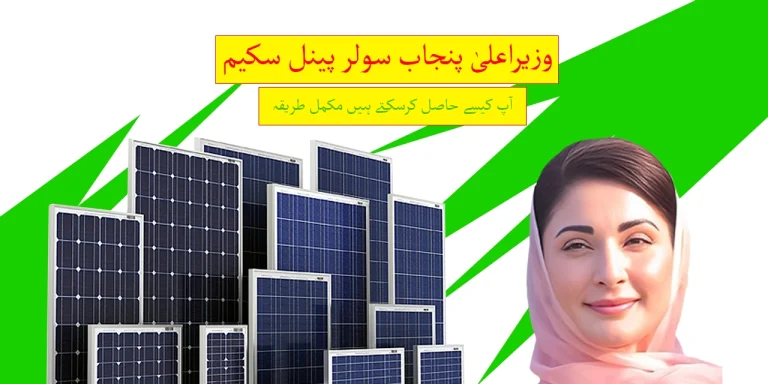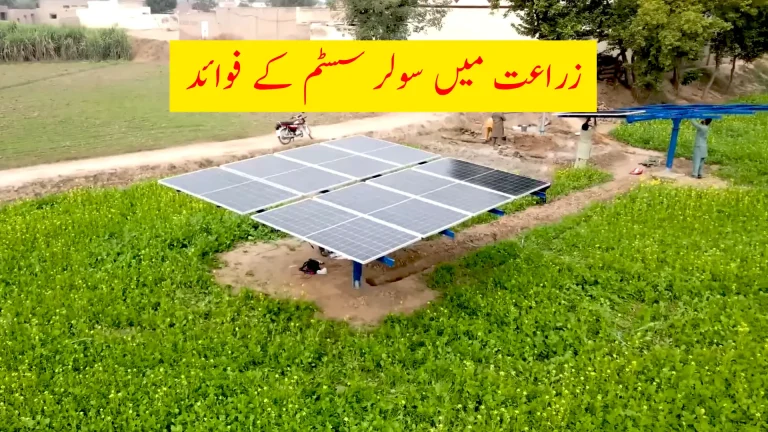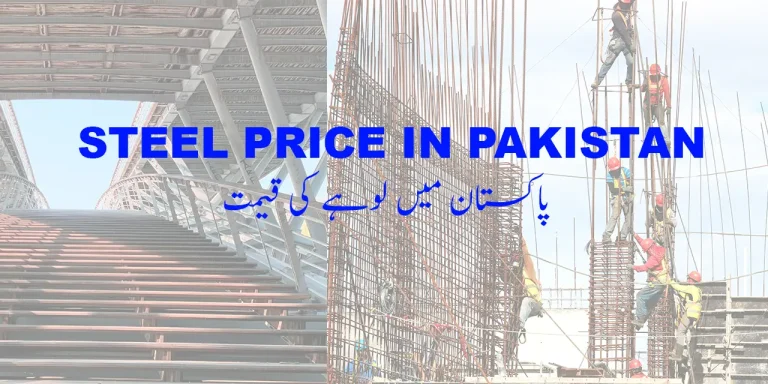N type vs. HiMO 6 Solar Panels Which One is The Best
As the global demand more for clean and sustainable energy continues to rise demand of, photovoltaic solar panels have emerged as a key player in the transition towards renewable power sources. Among the various types of solar panels available in the market, N type vs. HiMO 6 panels have gained significant attention for their distinct features and performance capabilities.
N type vs. HiMO 6
N-Type Solar Panels:
N-Type solar panels, or N-Type monocrystalline solar panels, are a type of photovoltaic technology known for their high efficiency and durability. These panels are constructed using N-Type (negative-type) silicon, which is produced through a more complex manufacturing process compared to the commonly used P-Type (positive-type) silicon. The key distinction lies in the doping process, where phosphorus is introduced to create the N-type silicon, resulting in improved electron mobility and reduced recombination losses.
LONGi HiMO 6 Solar Panels:
LONGi HiMO 6 solar panels are part of the HiMO series developed by LONGi Solar, a leading global solar technology company. The HiMO 6 series is specifically designed to provide a balance between high efficiency, reliability, and cost-effectiveness. HiMO six is p-type tecnology not n t type.
Advantages of N-Type Solar Panels:
- Higher Efficiency: N-type solar panels generally exhibit higher conversion efficiencies when we compare N-type vs. P-type panels. The enhanced electron mobility in N-type silicon contributes to better overall performance in converting sunlight into electricity.
- Temperature Resistance: N-type solar panels are known for their superior temperature resistance. They perform more consistently in high-temperature environments, making them well-suited for regions with intense sunlight and warmer climates.
- Durability: The manufacturing process of N-type solar panels typically involves higher quality control standards, resulting in durable and long-lasting panels. This durability ensures a more extended lifespan, reducing the need for frequent maintenance.
Higher Manufacturing Costs:
The production of N-type solar panels involves a more intricate manufacturing process, which can lead to higher production costs. This aspect can make N-type panels more expensive compared to other types of solar panels.
Advantages of LONGi HiMO 6 Solar Panels:
- Monocrystalline PERC Technology: The HiMO 6 series incorporates Passivated Emitter Rear Cell (PERC) technology, which enhances the solar cell’s efficiency by reducing surface recombination. This technology enables the panels to capture more sunlight and convert it into electricity.
- Cost-Effective: LONGi HiMO 6 panels aim to provide a cost-effective solution without compromising on efficiency. The use of monocrystalline PERC technology allows for a competitive price point, making these panels an attractive option for those seeking a balance between performance and affordability.
- High Power Output: LONGi HiMO 6 solar panels are designed to deliver high power output, making them suitable for both residential and commercial applications. The combination of advanced technology and cost-effectiveness positions these panels as a versatile choice in the solar market.
Comparison N type vs. HiMO 6
N-type panels generally boast higher efficiency due to the advanced electron mobility in N-type silicon.
- LONGi HiMO 6 panel, while not matching the efficiency of premium N-Type panels, provide a good balance between performance and cost.
Temperature Performance:
- N-Type panels exhibit superior temperature resistance, making them suitable for high-temperature environments.
- LONGi HiMO 6 panel may not have the same level of temperature resistance as N-Type panels but offer reliable performance under varying conditions.
Durability and Lifespan:
- N-Type panels are known for their durability and extended lifespan due to rigorous manufacturing standards.
- LONGi HiMO 6 panels are designed with reliability in mind, providing a balance between longevity and cost-effectiveness.
Cost:
- N-type solar panels’ prices tend to have higher manufacturing costs, resulting in a higher price point for consumers.
- LONGi HiMO 6 panel aim to provide cost-effective solutions without compromising on essential features, making them more accessible to a wider market.
Conclusion:
In conclusion, the choice between N-Type and LONGi HiMO 6 photovoltaic solar panels ultimately depends on specific project requirements, budget considerations, and performance expectations. N-Type panels offer premium efficiency and durability but come at a higher cost, making them suitable for projects where maximizing efficiency is a top priority. On the other hand, LONGi HiMO 6 panel provides a cost-effective solution with a good balance of efficiency and reliability, making them a practical choice for a broader range of applications. As the solar industry continues to evolve, advancements in technology and manufacturing processes will likely bring about further improvements in both N-Type and LONGi HiMO 6 panels, providing consumers with increasingly efficient and affordable solar energy solutions.
Both technologies play important roles when we think about solar system prices in Pakistan.
